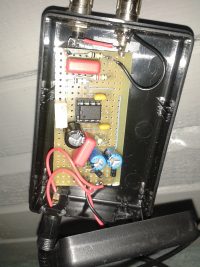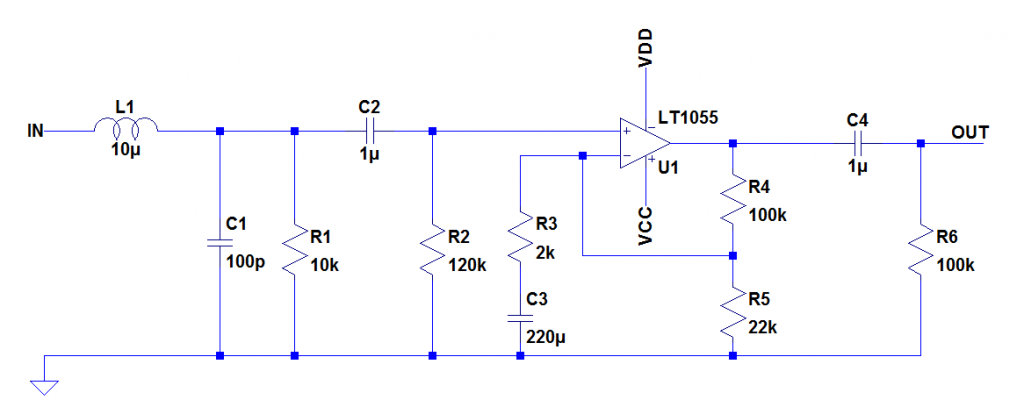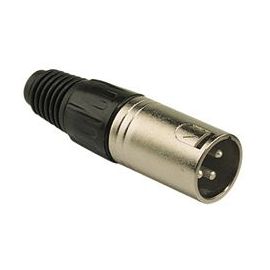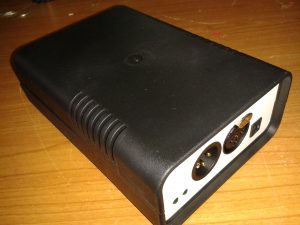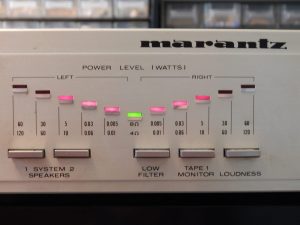Introduction
So I needed to connect a standard microphone to a conventional speaker amplifier. The signal comming out the mic is really low. It can be lower than 20mV. You need to amplify the signal to the line level. That’s why with the component I have in stock I do this simple microphone pre-amplifier.
The schematic
Let’s see the schema:
The Principle
Input stage
The input has a LC filter to avoid HF noise and a coupling cap. Take care on the resonant frequency of L1 and C1. To avoid high Q factor you can add a 100R in series with L1. I measured the peak at 4.8MHz witch is not a noisy frequency.
The input is a jack connection with an asymetric convertion. With this you can use a balanced and unbalanced microphone and XLR to JACK converter are also supported.
Amplification stage
First I wanted to use an instrument amplifier. But the bandwidth is really low if you need gain. So I use a standard opamp. The amplification is really basic. On the negative input there is a RC filter to rejects the low frequencies. For this application I used the TL081 OpAmp. Other can also be used as the LT1055 for example.
With a standard microphone you will need +40dB gain. The potentiometer R3 is used to adjust the gain. I put a 5k multitour potentiometer and it is set at mid-range.
Output stage
The output has also a dc-link with a 1µF cap. Than it’s connected to RCA connector.
Power Supply
The power supply comes from an 9V AC adapter. I used this to have a symetrical power supply for the opAmp. To do this, only two diodes, one to push positive voltage and one to tied negative voltage.
Simulation results
The frequency response simulated with LT-spice is :
The response is really flat over the audio frequencies. Maybe It could be good to filter more frequencies under 10Hz by reducing C3 to 10µF. Otherwise seems OK.
Manufacturing
I have also an old small box. Drilling some holes and the power connector is fixed with glue. for the PCB i used a prototype board. The result is :
External link
Different designs are available on sonolec-musique.com[:]

